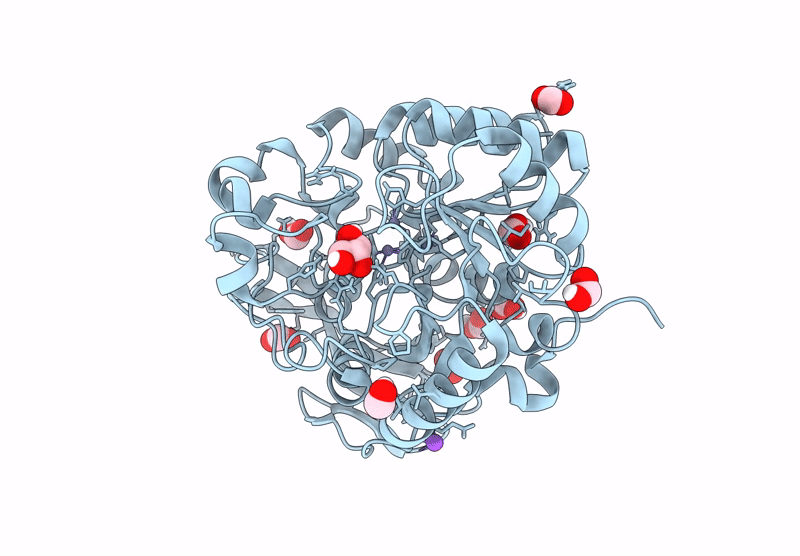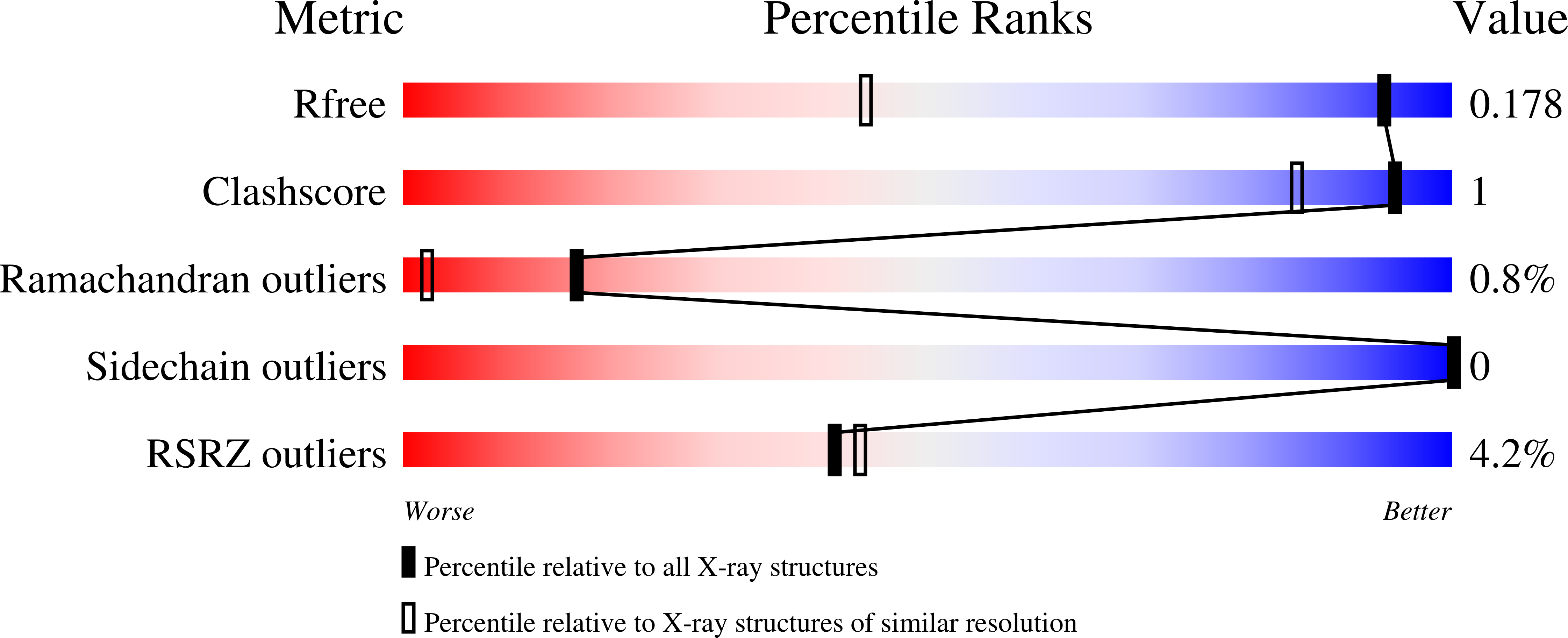
Deposition Date
2024-06-20
Release Date
2024-12-04
Last Version Date
2024-12-11
Entry Detail
PDB ID:
9FS3
Keywords:
Title:
Mutant S1538A of the dihydroorotase domain of human CAD protein in apo form
Biological Source:
Source Organism:
Homo sapiens (Taxon ID: 9606)
Host Organism:
Method Details:
Experimental Method:
Resolution:
1.18 Å
R-Value Free:
0.17
R-Value Work:
0.15
R-Value Observed:
0.15
Space Group:
C 2 2 21


